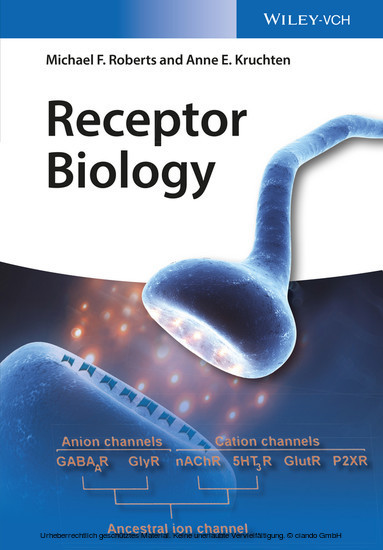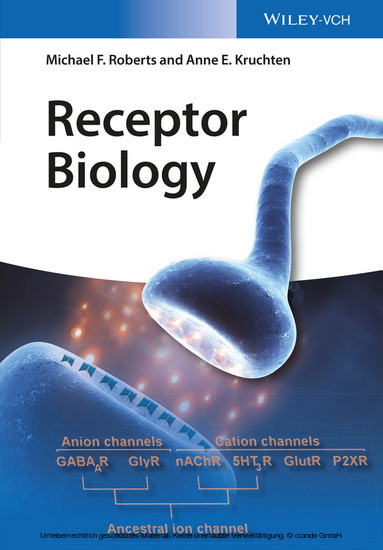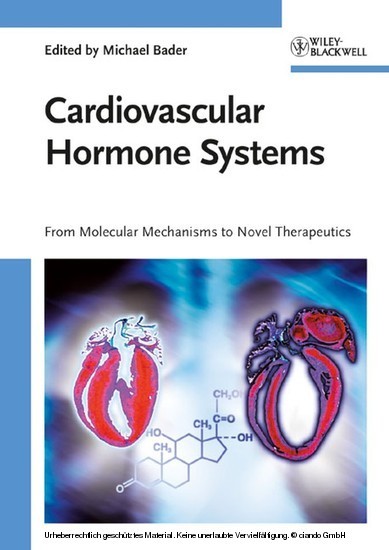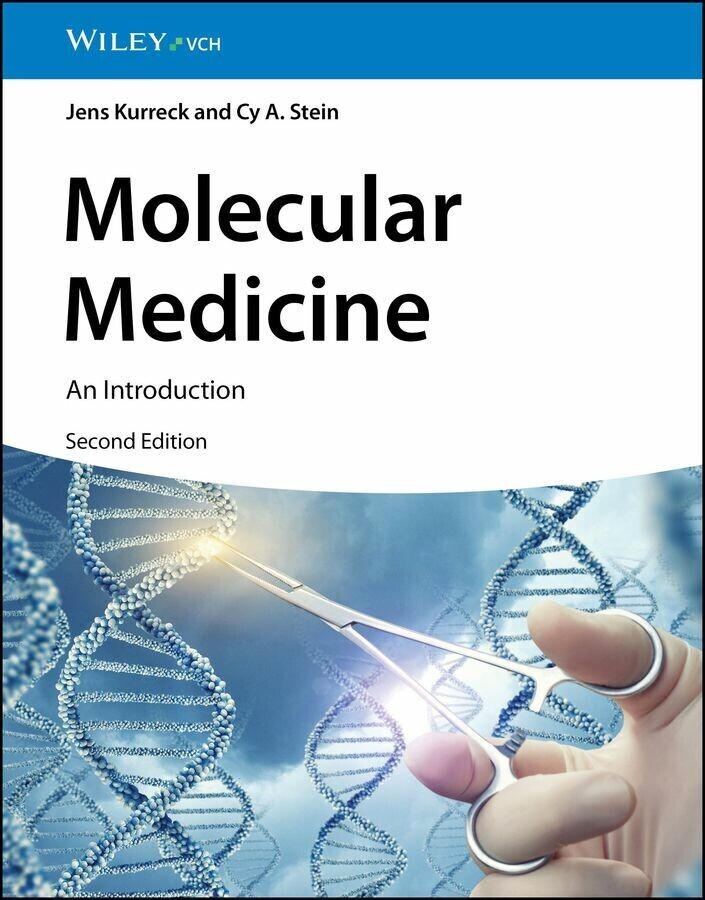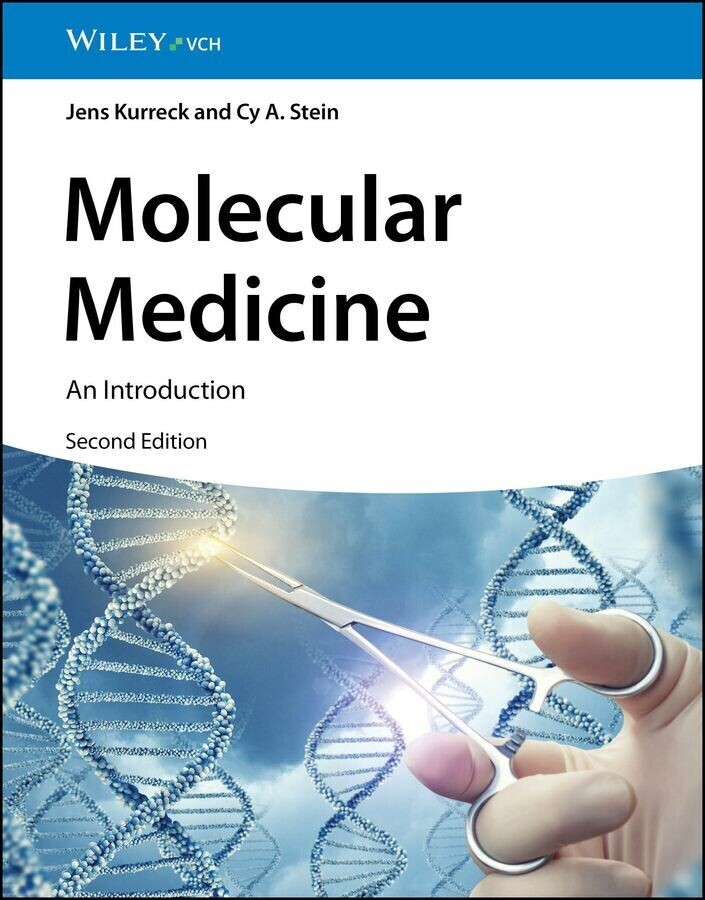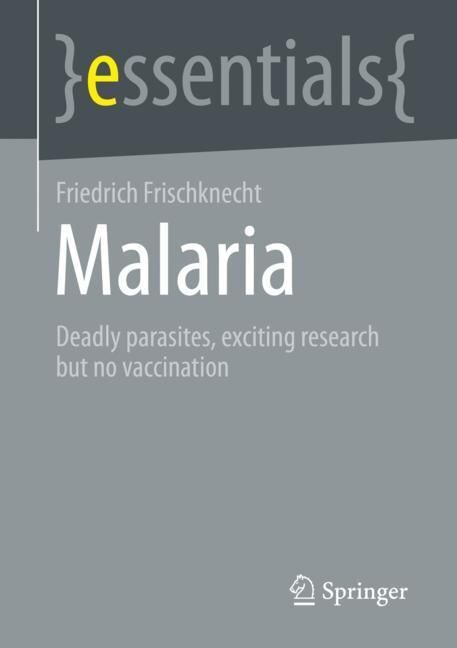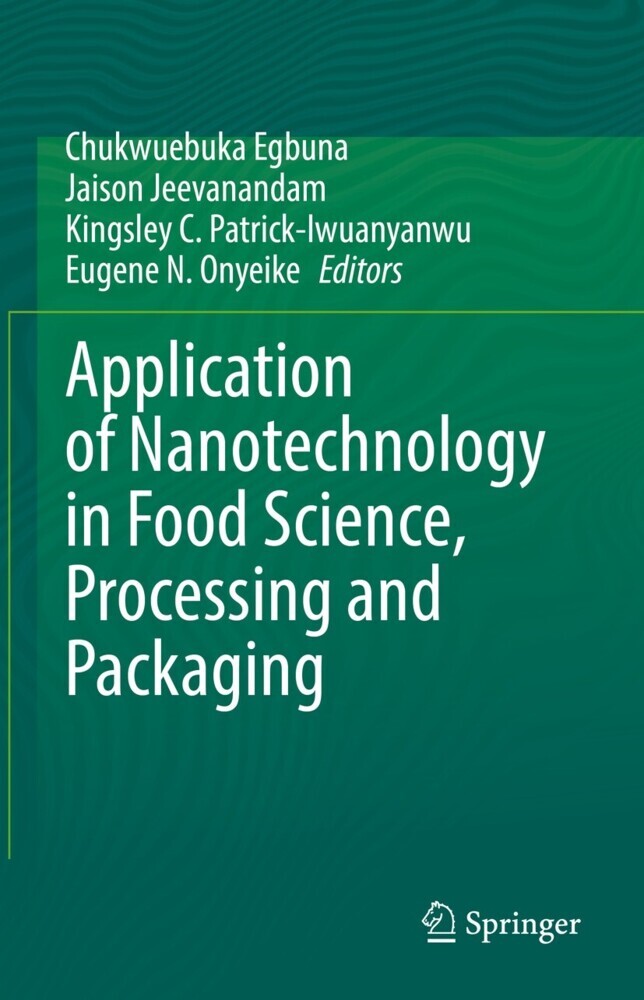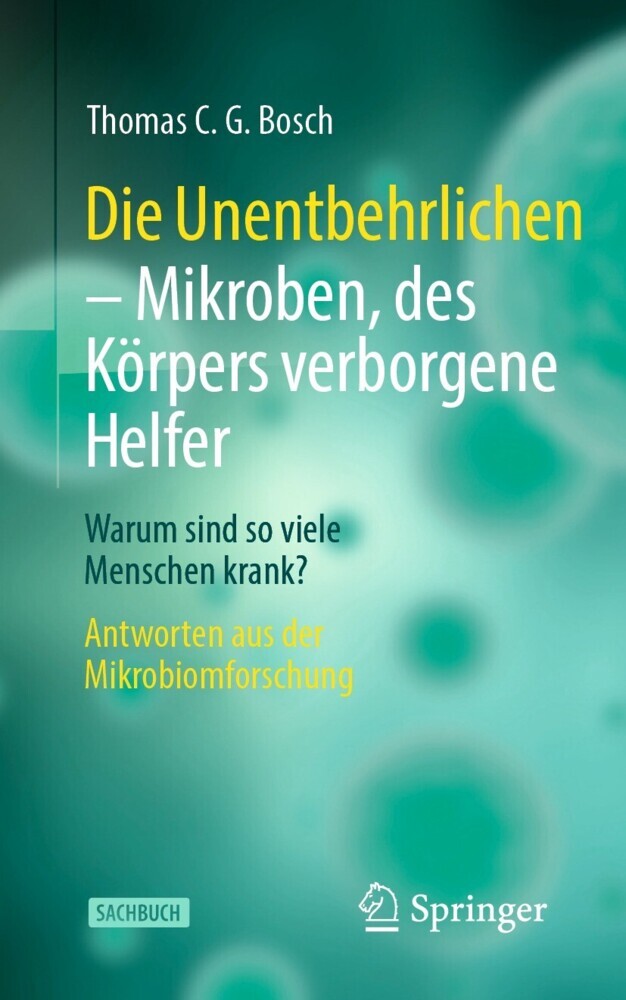Receptor Biology
This book is geared to every student in biology, pharmacy and medicine who needs to become familiar with receptor mediated signaling. The text starts with explaining some basics in membrane biochemistry, hormone biology and the concept of receptor based signaling as the main form of communication between cells and of cells with the environment. It goes on covering each receptor superfamily in detail including their structure and evolutionary context. The last part focusses exclusively on examples where thorough knowledge of receptors is critical: pharmaceutical research, developmental biology, neurobiology and evolutionary biology. Richly illustrated, the book is perfectly suited for all courses covering receptor based signaling, regardless whether they are part of the biology, medicine or pharmacology program.
Michael Roberts is Professor of Biology at Linfield College in McMinnville (Oregon, USA). He has taught biology to students for 40 years, first at Yale University and since 1981 at Linfield College. His scientific focus is cardiovascular physiology and the regulation of animal body temperature.
Anne Kruchten is Associate Professor of Biology at Linfield College in McMinnville (Oregon, USA). A graduate of the University of Minnesota, she joined Linfield College in 2006. Her scientific focus is the regulation of cell migration.
Michael Roberts is Professor of Biology at Linfield College in McMinnville (Oregon, USA). He has taught biology to students for 40 years, first at Yale University and since 1981 at Linfield College. His scientific focus is cardiovascular physiology and the regulation of animal body temperature.
Anne Kruchten is Associate Professor of Biology at Linfield College in McMinnville (Oregon, USA). A graduate of the University of Minnesota, she joined Linfield College in 2006. Her scientific focus is the regulation of cell migration.
1;Cover;12;Title Page;53;Copyright;64;Dedication;75;Contents;96;Acknowledgment;157;Part I Introduction;177.1;Chapter 1 Introduction;197.1.1;1.1 Receptors and Signaling;197.1.1.1;1.1.1 General Aspects of Signaling;197.1.1.2;1.1.2 Verbal and Physiological Signals;197.1.1.3;1.1.3 Criteria for Recognizing Transmitters and Receptors;207.1.1.4;1.1.4 Agonists;207.1.1.5;1.1.5 Receptors;207.1.1.6;1.1.6 Receptor-Enzyme Similarities;207.1.2;1.2 Types of Receptors and Hormones;217.1.2.1;1.2.1 Receptor Superfamilies;217.1.3;1.3 Receptors Are the Chemical Expression of Reality;227.2;Chapter 2 The Origins of Chemical Thinking;257.2.1;2.1 Overview of Early Pharmacological History;257.2.1.1;2.1.1 The Development of a Chemical Hypothesis;257.2.1.2;2.1.2 Chemical Structure and Drug Action;267.2.1.3;2.1.3 The Site of Drug Action;267.2.2;2.2 Modern Pharmacology;267.2.2.1;2.2.1 Langley and Ehrlich: the Origins of the Receptor Concept;267.2.2.2;2.2.2 Maturation of the Receptor Concept;297.2.3;2.3 Phylogenetics of Signaling;297.2.3.1;2.3.1 The First Communicators;298;Part II Fundamentals;318.1;Chapter 3 Membranes and Proteins;338.1.1;3.1 Membranes;338.1.1.1;3.1.1 The Cytoplasmic Membrane - the Importance of Cell Membranes;338.1.1.2;3.1.2 History of Membrane Models;338.1.1.2.1;3.1.2.1 The Roles of Proteins in Membranes;348.1.1.2.2;3.1.2.2 Challenges to the Danielli-Davson Model;358.1.1.2.3;3.1.2.3 A New View of Membrane Proteins;358.1.1.2.4;3.1.2.4 The Modern Concept of Membranes - the Fluid Mosaic Model;358.1.1.3;3.1.3 Membrane Components;358.1.1.3.1;3.1.3.1 Membrane Lipids;358.1.1.3.2;3.1.3.2 Asymmetry and Heterogeneity in Membrane Lipids;368.1.1.3.3;3.1.3.3 Membrane Construction and Insertion of Proteins;368.1.2;3.2 The Nature and Function of Proteins;378.1.2.1;3.2.1 Linear and Three-Dimensional Structures;388.1.2.2;3.2.2 Primary Structure;388.1.2.3;3.2.3 Secondary Structure;398.1.2.4;3.2.4 Tertiary Structure;408.1.2.5;3.2.5 Protein Domains;418.1.2.6;3.2.6 Proteomics;418.2;Chapter 4 Hormones as First Messengers;438.2.1;4.1 Hormones and Cellular Communication;438.2.1.1;4.1.1 Discovery of Hormones;438.2.2;4.2 Types of Hormones;438.2.2.1;4.2.1 Pheromones for Signaling between Individuals;448.2.2.2;4.2.2 Archaea and Bacteria;448.2.2.3;4.2.3 Eukaryotes;458.2.2.3.1;4.2.3.1 Chromalveolates;458.2.2.3.2;4.2.3.2 Unikonts - Amoebozoa, Fungi, Animals;458.2.2.3.3;4.2.3.3 Invertebrate Pheromones;478.2.2.3.4;4.2.3.4 Vertebrate Pheromones;478.2.3;4.3 Vertebrate Hormones and Transmitters;478.2.3.1;4.3.1 Peptide and Non-Peptide Agonists;478.2.3.1.1;4.3.1.1 Peptides;478.2.3.1.2;4.3.1.2 Non-peptides;478.2.3.2;4.3.2 Peptide Hormones of the G-Protein-Coupled Receptors;488.2.3.2.1;4.3.2.1 Hypothalamic-Pituitary Axis;488.2.3.2.2;4.3.2.2 The Anterior Pituitary Trophic Hormones;508.2.3.3;4.3.3 Other Neural Peptides;518.2.3.3.1;4.3.3.1 Opioids;518.2.3.3.2;4.3.3.2 Non-Opioid Transmitter Peptides;528.2.3.4;4.3.4 Peptides from Non-Neural Sources;528.2.3.4.1;4.3.4.1 Digestive Tract Hormones;528.2.3.4.2;4.3.4.2 Hormones from Vascular Tissue;548.2.3.4.3;4.3.4.3 Hormones from the Blood;548.2.3.4.4;4.3.4.4 Peptide Hormones from Reproductive Tissues;558.2.3.4.5;4.3.4.5 Hormones from Other Tissues;558.2.3.5;4.3.5 Non-Peptides Acting on G-Protein-Coupled Receptors;558.2.3.5.1;4.3.5.1 Transmitters Derived from Amino Acids;558.2.3.5.2;4.3.5.2 Transmitters Derived from Nucleotides;568.2.3.5.3;4.3.5.3 Transmitters Derived from Membrane Lipids - Prostaglandins and Cannabinoids;578.2.3.6;4.3.6 Transmitters of the Ion Channels;578.2.3.7;4.3.7 Hormones of the Receptor Kinases - Growth Factor Receptors;598.2.3.7.1;4.3.7.1 Insulin;598.2.3.7.2;4.3.7.2 Insulin-Like Growth Factors;598.2.3.7.3;4.3.7.3 Natriuretic Peptides;598.2.3.7.4;4.3.7.4 Peptide Signal Molecules Important in Embryogenesis;598.2.3.7.5;4.3.7.5 Pituitary Gland Hormones - Somatotropin and Prolactin;598.2.3.8;4.3.8 Hormones of the Nuclear Receptors;
Roberts, Michael F.
Kruchten, Anne E.
| ISBN | 9783527800155 |
|---|---|
| Artikelnummer | 9783527800155 |
| Medientyp | E-Book - PDF |
| Copyrightjahr | 2016 |
| Verlag | Wiley-VCH |
| Umfang | 267 Seiten |
| Sprache | Englisch |
| Kopierschutz | Adobe DRM |

